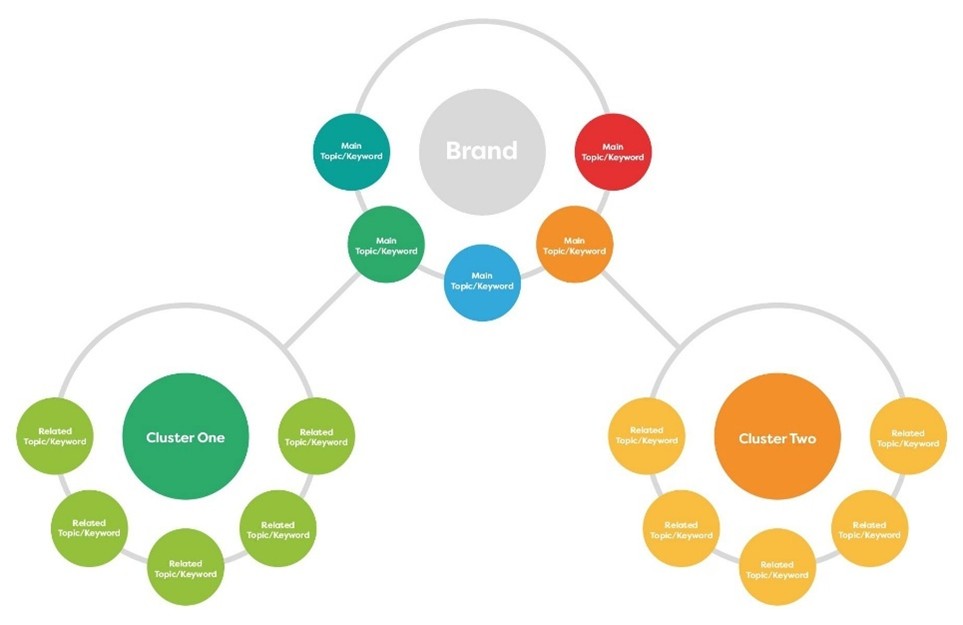8th October 2025
BlogDoubling-down on quality, shared understanding, and trust
Rachael McLoughlin, Experience Director
Previously, we looked at how to define focus areas for your LLM strategy by mapping the marketing funnel, identifying quick wins, and spotting gaps that could boost visibility. Finally, we focus on generative engine optimisation (GEO) and how to refine your online footprint to improve the chances of being returned by an LLM in response to a prompt.
In a world where AI-generated slop proliferates online, producing quality, valuable and expert content that your audience can trust and believe in has never been more important. For your brand to get ahead, we need to send signals to LLMs who are searching and summarising our content that what we’re providing is trusted, trustworthy and authoritative in its coverage.
Three key areas of focus are gaining a lot of traction in terms of their likely influence on LLM results:
- Ensuring your content is unique, authoritative, of a high quality and truly valuable (E-E-A-T principles)
- Technically, including schema markup language for all of your content
- Ensuring content is trusted, cited and shared to build authority (reputable backlinking, in order to drive AI citations)
The E-E-A-T principles (Experience, Expertise, Authoritativeness, Trust) we’d usually apply to optimising content for search engines largely still matter for GEO – the importance of quality, authoritative content that is trustworthy and demonstrates expertise is still paramount, and with a world wide web starting to suffer the effects of the ever-growing tide of auto-generated content designed to maximise ad revenue, it’s becoming even more important to ensure your content is quality, unique, and valuable to cut through even more noise.
E-E-A-T suggests specific considerations and tweaks which can improve our chances of being cited; structuring content with the kind of LLM queries it could meet, for example; providing original stats and facts rather than general commentary where possible, and finally offering a unique, trusted point of view from a prominent voice all can help improve rankings and visibility. Here’s a good checklist that you can use to assess your content against E-E-A-T principles.
We can optimise individual pages for E-E-A-T, but we also consider ‘content clustering’ in order to send more authority signals to LLMs around your understanding and expertise around a subject – providing multiple articles that cover a subject more broadly, and in-depth, and cross-linking between them, sends signals to the LLMs that not only are you an authority in regards to a specific query, but also around the subject more broadly. Therefore, when considering your content footprint, you need to consider how you can broaden and deepen, as well as how you cross-link and build onward journeys, to ensure completeness.

https://www.mattjanaway.co.uk/cluster-strategy/
Alongside optimising for quality, simple updates to ensure you’re applying schema markup to your content can boost visibility by making your content more understandable to the machines. Schema markup allows you to apply a machine-readable format to your content which makes it easier for search engines, and LLMs, to interpret and understand what is contained within your content. It’s crucial that it’s easy and simple for the LLM to understand what’s contained in each page of a site.
The final thing to consider in these early stages of GEO is how valuable your content (and brand) is, and this comes down to how referenced, cited and shared your content and collateral has been. LLMs will attempt to compose a well-rounded response to a query looking at information from multiple sources; forums, review sites, authoritative third party sources, as well as branded sites and disease education platforms; this means we need to consider how our brand or campaign shows up everywhere online, not just where we put it, how consistent and uniform our messaging is, and what trust signals the patient or HCP community is exhibiting around what we’re putting out there. If an LLM considers your content to be valuable as it is widely shared and referenced by the community, then it stands a far higher chance of being cited in an LLM response. Therefore, creating quality content which provides a valuable point of view or serves a useful purpose, provides a unique statistical summary, that solves a problem or meets a need, and as such is referenced widely on the likes of Quora, Reddit and so on, is a big boost to the likelihood of being cited in an LLM response. So this isn’t just about creating the content – it’s also about getting it out there amongst the people who need to read it, amplifying your message and sharing it widely.
Fundamentally, optimising for LLMs is simple, driven by providing value and solving problems; if we centre our efforts on meeting genuine needs then we optimise our footprint for our audience, boosting retention and building advocacy. The happy by-product of that should be increased visibility in LLM responses.
Measuring what matters; where has all my traffic gone?!
LLM responses often satisfy user needs without requiring clicks, leading to reduced traditional traffic for brands. This shift disrupts linear marketing journeys, replacing them with more fragmented, organic paths that challenge conventional omnichannel strategies.
With this in mind we need to think about what success looks like across our marketing funnel; and consider how we measure success in LLM interactions and visibility around our brand or disease area in the absence of a more traditional owned engagement or conversion behavioural signal. A robust learning agenda and measurement framework can support with this, taking into account that click-throughs are diminishing but awareness and action should be measured in different ways now dependent on channel of entry. We can measure referral traffic coming from LLMs to determine overarching journey stages, sure, but LLMs are compressing the marketing funnel, and as such many steps in the belief ladder or journey we’d want to orchestrate can be facilitated within the LLM environment entirely without the user needing to go elsewhere.
This isn’t problematic in itself, as behaviour change as a result of this interaction is still a win (and we still need the ecosystems and original content sat behind this interaction pattern to support this kind of activity in an LLM for one, and also to provide coverage for those that enter your ecosystems by other means) – but it does mean that LLM visibility needs some considered focus as we move into this new and shifting online world, to ensure we’re showing up the way we want to and contributing to the conversation in the right way. Brands that embrace this new channel now, and test and learn to ensure they are a part of the conversation when and where strategically they need to be, will ensure they’re not left behind as LLMs deepen their penetration into everyday life.
As we said at the beginning of this mini-series, things are changing rapidly. We’re yet to see an established monetisation model emerge, but we know paid ads are coming to LLMs soon and will undoubtedly again shift the use case and the rules of the game. Alongside this, we’re yet to see the long-term repercussions of the rising tide of low quality AI generated content really play out (and the potential health risks of this very real threat); and the looming yet unanswered threat of model could really change the LLM picture yet again. It’s certainly a super interesting time, with lots to consider; and there’ll be more content from us to come on this front as things continue to shift. As all problems eventually become a healthcare problem, this is certainly an interesting time to be supporting those people who are trying to help people with health issues get better and make the right choices when it comes to treatment.
If you fancy a chat, or if we can help with anything relating to CX or AI, get in touch cx@havaslynx.com. Or sign up to our webinar on 15th October.
